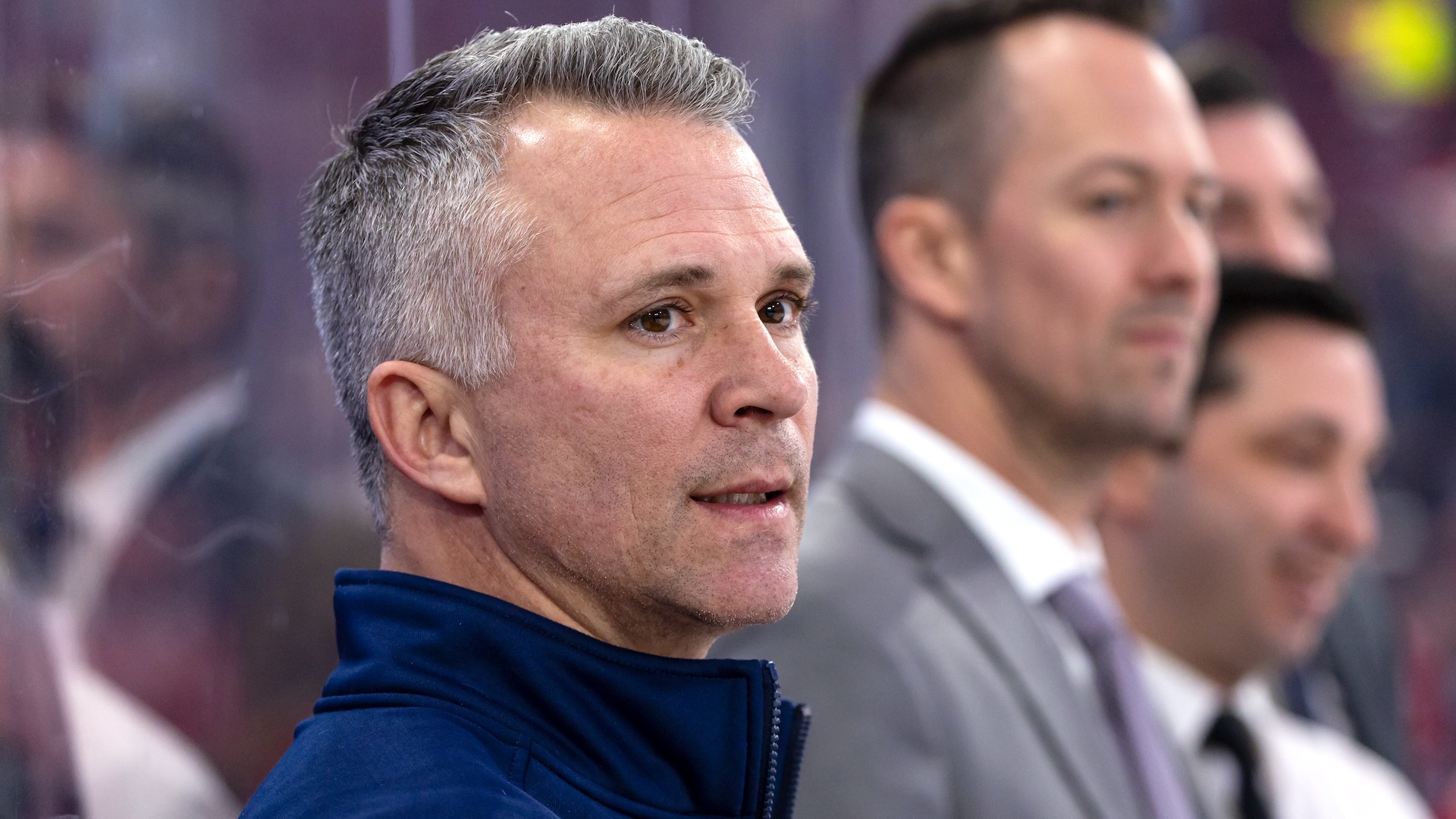The #GoHabsGo have nearly $9 million in cap space heading into 2023-24.
But part of that involves Carey Price’s LTIR relief funds, & they do not accrue.
The Canadiens could trade him, but the structure of his contract makes it complicated.
Here’s why:https://t.co/11qP3D8FVw
– Dirt McGirt (@MarcPDumont) July 13, 2023

A year ago, Kent Hughes made a good deal when he got rid of Shea Weber’s contract, which had become a millstone around the club’s neck. After all, the guy would never play another NHL game, and he was just taking up space on the team’s LTIR.
In return, he acquired Evgenii Dadonov, who was then traded for Denis Gurianov. The latter is no longer in Montreal, but at least the CH got rid of Weber’s contract, which was literally worthless.
A year later, the CH found itself in a somewhat similar situation with Carey Price’s contract. But this time, don’t hold your breath: Kent Hughes won’t be able to get rid of this one.
In fact, at first glance, the two cases seem quite similar. Both are still under contract for three seasons, and both have a sizeable cap hit ($7.857m for Weber, $10.5m for Price). Yet Weber’s contract is much more attractive to a “contract garbage can” (read “Arizona Coyotes” here) than Price’s.
The reason? It’s all about bonuses and the actual salary owed to both guys.
But Price’s case is completely different. In addition to receiving $2 million in real salary each year, he is entitled to substantial signing bonuses each year until the end of his contract. The one for 2023-24 ($6.5 M) has already been paid, but those for 2024-25 and 2025-26 ($5.5 M each year) have yet to be paid.

So, for a team that’s constantly looking for money (again, read “Arizona Coyotes” here), paying $1M per year in real salary is much better than paying $2M per year in real salary while paying $5.5M every July 1 for two years.
At least it doesn’t affect the club’s day-to-day payroll too much, but the club needs to make sure it has as much money as possible on its payroll at the start of next season to make the most of the fact that Price’s pact is on the LTIR (remember that with a player on the LTIR, the club’s payroll on Day 1 of the season is the club’s cap for the year). Thus, the Habs must try as much as possible to get as close as possible to $94 million on their payroll for the start of the season.
And since the club still has $6.99M to spend before reaching $94M (not counting Jesse Ylönen’s next contract), the idea of going after an active player’s ball-and-chain contract (plus draft picks) makes sense. That’s why a name like Anthony Mantha ($5.7M for one year) is worth keeping an eye on in Montreal.
In short, for all these reasons, we can forget about the idea of Price’s contract being traded. That said, the CH has to take advantage of the situation to make the most of it by picking up some bad contracts of its own.
In gusto
– P.K.
“I take my job very seriously .” https://t.co/OGF4MbIPZn
– TVA Sports (@TVASports) July 13, 2023
– Listen now.
Newly-signed @CanadiensMTL, Mitchell Stephens joined @seanrcampbell and @MitchyGallo to discuss his new contract and his time with the Laval Rocket and more: https://t.co/IFBYHyv578
– TSN 690 Radio (@TSN690) July 13, 2023
– Nothing less.
“I’m going to pitch until the good Lord says it’s time to go home and be with my family.” https://t.co/iKaHubH3R9
– Passion MLB (@passion_mlb) July 13, 2023










